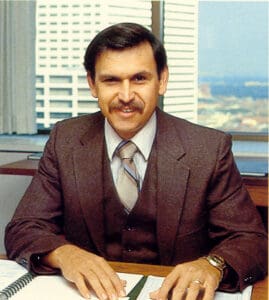Established in 1937 in Bradford, PA, Ryder Scott emerged as the world's premier engineering firm focused on solving waterflood problems. Led by Harry M. Ryder and David Scott Jr., the company introduced groundbreaking techniques such as advanced reservoir analysis and precision perforation methods, revolutionizing oil production methodologies. Responding to the industry's needs, Ryder Scott's expertise became sought after, leading to the firm's pivotal role in enhancing production efficiency in the Bradford field.
As the industry landscape evolved, Ryder Scott relocated to Wichita Falls, TX, in the 1950s, spearheading successful secondary recovery projects. The firm's relentless pursuit of innovation and commitment to excellence propelled it to prominence. Transitioning to Houston in the late 1960s, Ryder Scott expanded its focus to evaluation engineering, further solidifying its position as a leader in the field. Today, Ryder Scott remains at the forefront of the industry, driven by its founders' principles of professionalism and ethical engineering practices, ensuring that oil and gas projects are evaluated and engineered to the highest standards.
As the industry landscape evolved, Ryder Scott relocated to Wichita Falls, TX, in the 1950s, spearheading successful secondary recovery projects. The firm's relentless pursuit of innovation and commitment to excellence propelled it to prominence. Transitioning to Houston in the late 1960s, Ryder Scott expanded its focus to evaluation engineering, further solidifying its position as a leader in the field. Today, Ryder Scott remains at the forefront of the industry, driven by its founders' principles of professionalism and ethical engineering practices, ensuring that oil and gas projects are evaluated and engineered to the highest standards.
Ryder Scott Through the Decades
Follow the journey of Ryder Scott, where every milestone has redefined industry standards and shaped the future of oil and gas engineering
Mid-1920s
Formation of Partnership
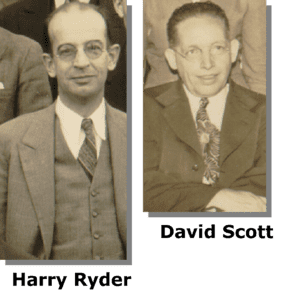
Engineer Harry Ryder went into business with David Scott from the oilfield supply business. They began operations as an oil producer in the Bradford field.
Mid-1930s
Development of Watch Oil
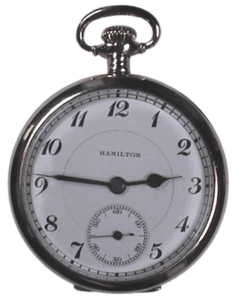
Ryder Scott begins developing an oil for Hamilton Watch Co. The oil retains constant viscosity through wide temperature changes. However, interest in this project wanes as jewel bearings for watches are developed.
1935
Hiring of Don May
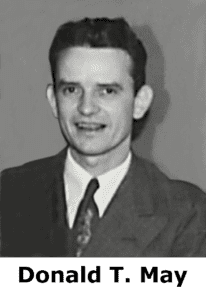
Don May is hired and develops chip-coring analysis. This technique provides accurate data for better engineering of waterfloods.
1935-1937
Explosive Growth
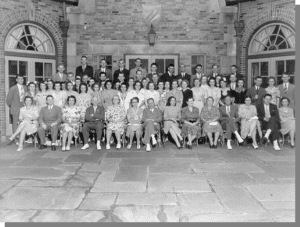
The firm grew from three employees to more than 40 employees working in three shifts around the clock.
1940s
Bradford Operations and Case Study
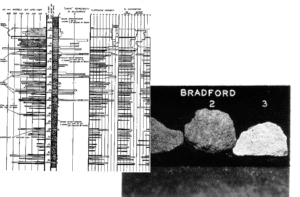
John Buckwalter presents a case study showing reworking benefits in the Bradford properties. Ryder Scott leaders plan to move from the submarginal Bradford area.
1946
Harry Ryder's Retirement
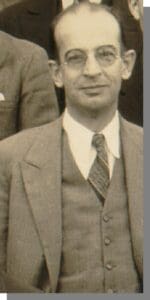
Hampered by a bad back, Ryder retired in 1946. Ryder’s lasting legacy is the founding of Ryder Scott Petroleum Engineers.
1949
Presentation of Reworking Benefits
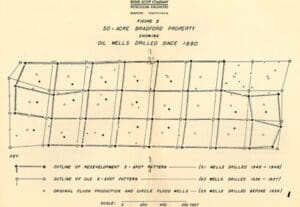
John Buckwalter shows the ultimate benefit of reworking Bradford properties. The benefit is calculated to be 5,000 barrels per acre.
1955
Relocation and Leadership Changes
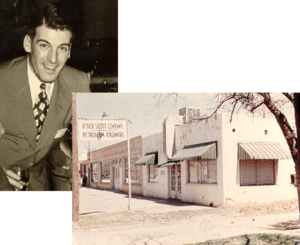
The Bradford office relocates to Wichita Falls, and Buckwalter becomes president. The move is part of the firm's strategic growth.
1970s
Shift to Petroleum Reserves Certification
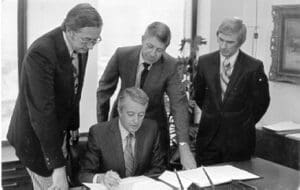
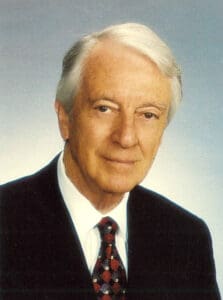
Ryder Scott shifts focus to petroleum reserves certification work. Ray Cruce becomes chairman and president in 1972, guiding the firm for over 25 years.
2000-2005
Ronald Harrell, P.E.
Tenure at Ryder Scott: 1968 – 2006
CEO: 2000 – 2005

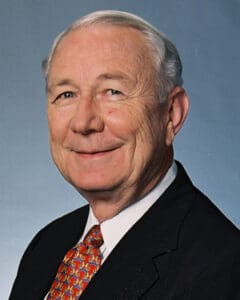
Ronald Harrell, P.E., became Ryder Scott’s fifth Chairman and CEO in 2000, bringing decades of expertise and leadership to the role. Starting as a reservoir engineer in 1968, he advanced to President in 1998 before leading the company as Chairman and CEO from 2000 to 2005. His tenure was marked by strategic growth and industry influence, continuing as Board Chairman until his retirement in 2006.
2005-2019
Don Roesle, P.E.
Tenure at Ryder Scott: 1975 – 2019
CEO: 2005 – 2019
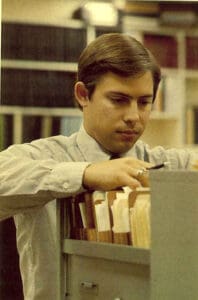
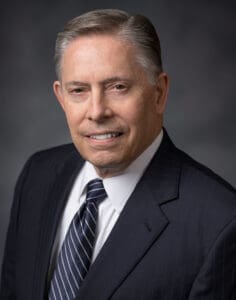
Don Roesle, Ryder Scott’s sixth CEO, joined the company as a reservoir engineer in 1975. Rising steadily through leadership roles—including Vice President, Senior Vice President, and President—he was appointed CEO in 2005. His leadership spanned nearly 15 years, during which he steered the company through significant growth while upholding Ryder Scott’s reputation for technical excellence.
2019-2023
Dean C. Rietz, P.E.
Tenure at Ryder Scott: 1995 – 2023
CEO: 2019 – 2023

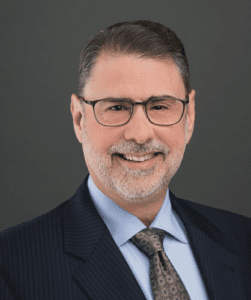
Appointed Ryder Scott’s seventh Chairman and CEO in 2019, Dean C. Rietz, P.E., was pivotal in advancing the company’s technical capabilities. After joining in 1995, he established the reservoir simulation group in 1998—reinforcing Ryder Scott’s commitment to cutting-edge reservoir modeling. His leadership roles included Executive Vice President and President before taking the helm as CEO.
2023-Present
Guale Ramirez, P.E.
Chairman and Chief Executive Officer
Tenure at Ryder Scott: 1981 – Present
CEO: 2023 – Present
Guale Ramirez, P.E., became Ryder Scott’s eighth Chairman and CEO in 2023, continuing a distinguished career that began in 1981 as a reservoir engineer. With over two decades of leadership experience, including roles as Vice President, Executive Vice President, and Board Director, Ramirez’s tenure reflects a deep commitment to technical excellence and mentorship within the Houston office and beyond.

